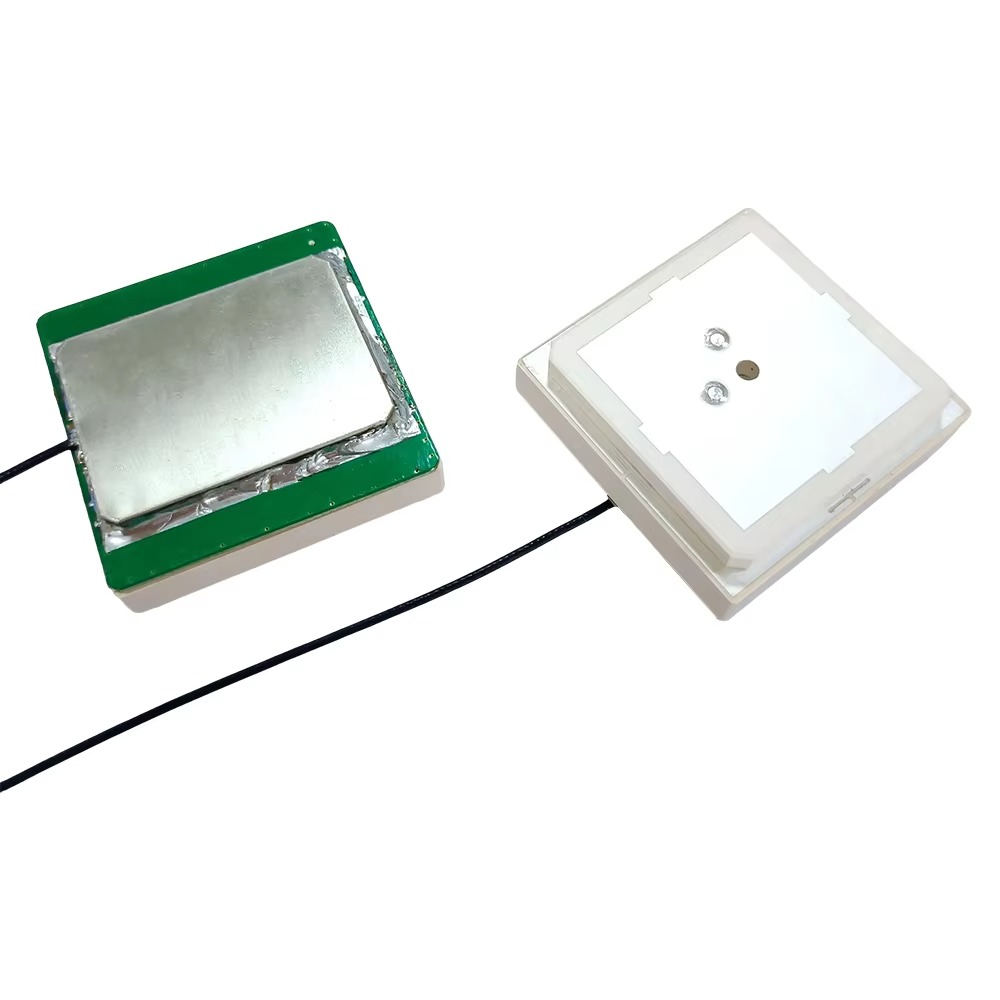5.1 Current Applications
5.1.1 Precision Agriculture
In precision agriculture, industrial - grade GPS RTK active antennas are used to guide agricultural machinery. Tractors equipped with these antennas can precisely till the soil, plant seeds, and apply fertilizers and pesticides. For example, variable - rate technology, which adjusts the amount of inputs based on the specific needs of different areas of the field, relies on the high - precision positioning provided by these antennas. This results in more efficient use of resources, increased crop yields, and reduced environmental impact.
5.1.2 Construction and Mining
In the construction industry, RTK - enabled active antennas are used for site surveying, grading, and the operation of heavy equipment. Bulldozers, excavators, and cranes can be guided with centimeter - level accuracy, ensuring that construction projects are completed on time and to the correct specifications. In mining, these antennas are used for vehicle guidance, equipment positioning, and monitoring of mining operations. They help improve safety and efficiency in these often - harsh and complex work environments.
5.1.3 Autonomous Vehicles
Autonomous vehicles rely on accurate positioning systems to navigate safely. Industrial - grade GPS RTK active antennas, along with other sensors such as lidar and radar, provide the necessary position information for autonomous cars, trucks, and even some unmanned aerial vehicles (UAVs). The high - precision positioning helps the vehicle make accurate decisions about speed, direction, and braking, ensuring safe operation in various traffic and environmental conditions.
5.2 Future Trends
5.2.1 Integration with Other Technologies
In the future, industrial - grade GPS RTK active antennas are likely to be more closely integrated with other emerging technologies. For example, they may be combined with inertial navigation systems (INS) to provide more continuous and reliable positioning, especially in areas where GPS signals are temporarily lost, such as in tunnels or deep urban canyons. Integration with 5G communication technology may also enhance the performance of RTK systems, allowing for faster and more reliable transmission of correction data between reference stations and rovers.
5.2.2 Miniaturization and Improved Efficiency
There will be a trend towards miniaturization of these antennas without sacrificing performance. Smaller antennas will be more easily integrated into a wider range of devices, from smaller UAVs to wearable devices for workers in industrial settings. At the same time, efforts will be made to improve the efficiency of the antennas, reducing power consumption while maintaining high - precision signal reception and amplification. This will be beneficial for battery - powered applications, such as mobile robots and some types of UAVs.
5.2.3 Enhanced Resistance to Interference
As the number of electronic devices and wireless communication systems increases, the potential for electromagnetic interference also grows. Future industrial - grade GPS RTK active antennas are likely to be designed with even better resistance to interference. This may involve the development of more advanced filtering techniques, improved antenna element designs, and better shielding of the internal components to ensure reliable operation in increasingly crowded electromagnetic environments.
Conclusion
Industrial - grade GPS RTK active antennas have become indispensable components in modern positioning and navigation systems. Their design and construction, which incorporate advanced antenna elements, amplification and filtering components, and rugged enclosures, enable them to function effectively in a wide range of harsh industrial environments. The working principles of these antennas, from signal reception to their role in RTK systems, are key to achieving high - precision positioning.
The advantages of these antennas, such as high precision, robustness in harsh conditions, and effective signal amplification and noise rejection, have led to their widespread use in industries like precision agriculture, construction, and autonomous vehicles. However, challenges such as multipath interference, cost, and complexity of installation and calibration still need to be addressed.
Looking to the future, the integration of these antennas with other emerging technologies, miniaturization, improved efficiency, and enhanced resistance to interference are likely to be the main trends. As these trends develop, industrial - grade GPS RTK active antennas will continue to play a crucial role in enabling more accurate, reliable, and efficient location - based services across various industries, driving innovation and productivity in the industrial sector.




































































 Language
Language
 En
En Cn
Cn Korean
Korean

 Home >
Home > 







 18665803017 (Macro)
18665803017 (Macro)













